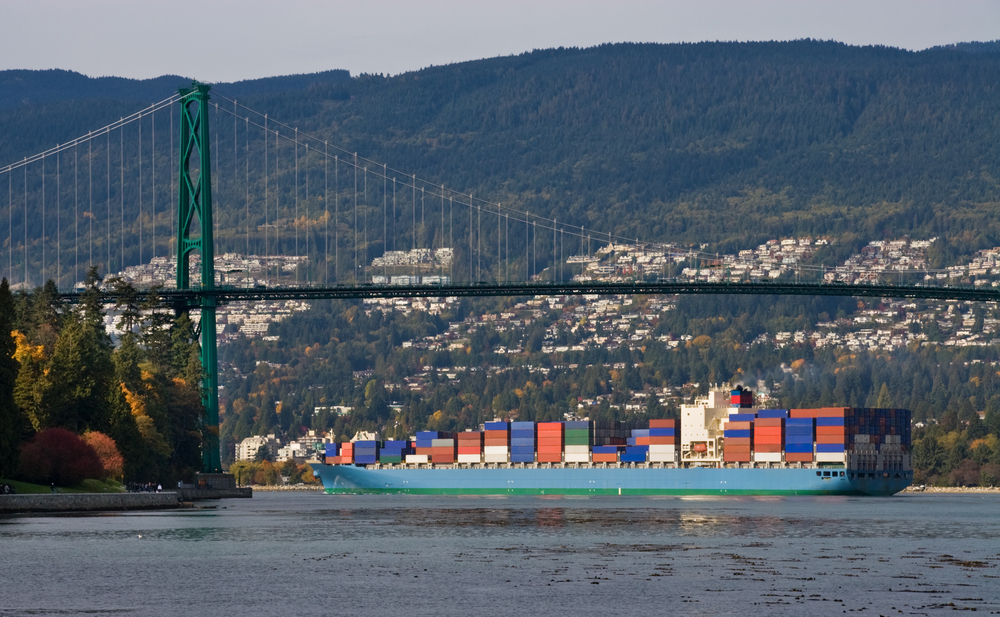Canada’s not even close to getting back to normal on trade
And there’s one huge factor that could derail this trade recovery
(Shutterstock)
Share

First, the good news. The world is buying more of Canada’s stuff than we’re buying stuff from the world. A lot more. New figures from Statistics Canada show the country recorded a huge trade surplus of $2.6 billion in July, the largest surplus since 2008 and far better than the $1.1 billion that economists were expecting.
Cars, trucks and auto parts were the big drivers, which is a positive sign for Ontario’s moribund manufacturing sector. What’s more, the gain in trade was accomplished even though energy exports slipped.
Now here’s a reminder of how far Canada has to go before trade returns to some semblance of normalcy.
If the trajectory of Canada’s trade balance continues as it has for the past three reported months, then Canada should be in good shape to see the economy expand nicely in the near future. As BMO Capital Markets economist Benjamin Reitzes told the Globe, “It looks as though trade is going to add more to GDP growth in the second quarter than previously expected. The rotation to more export-driven growth could finally be taking shape.”
There’s one huge factor that could derail this narrative. Remember that decline in energy exports? It reflected a drop in prices, far more than volume. Since energy now accounts for a quarter of merchandise exports, up from less than 10 per cent at the start of the last decade, a decrease in oil prices like we’ve seen in recent weeks could blow a hole in Canada’s trade balance recovery. After all, these latest trade figures date back to July. Since then oil prices have fallen close to nine per cent.
Our export picture is improving, but it will take many more months of good news to prove this trade recovery has legs.
